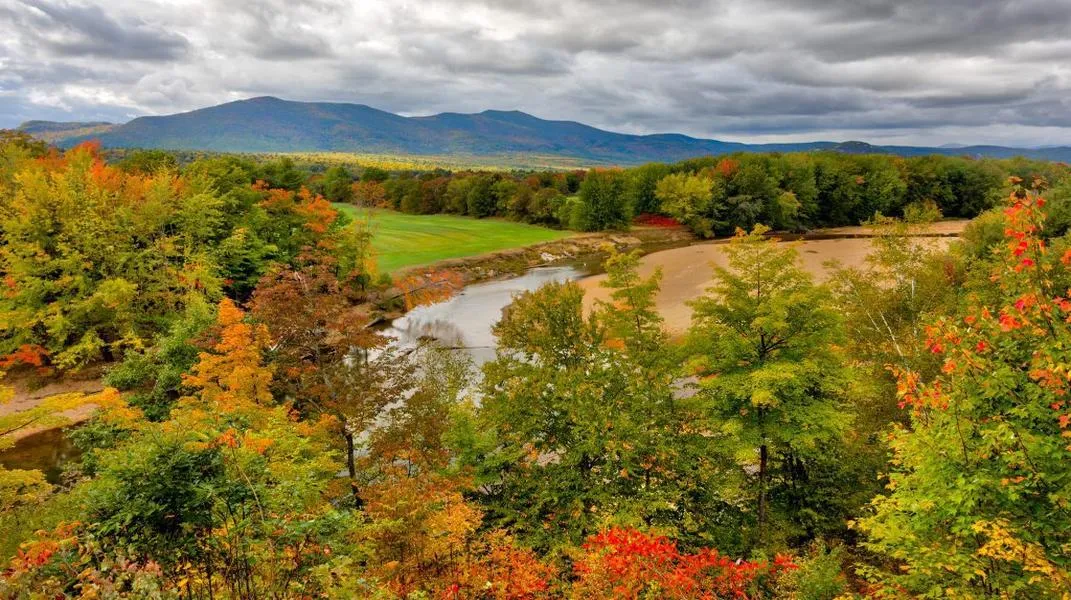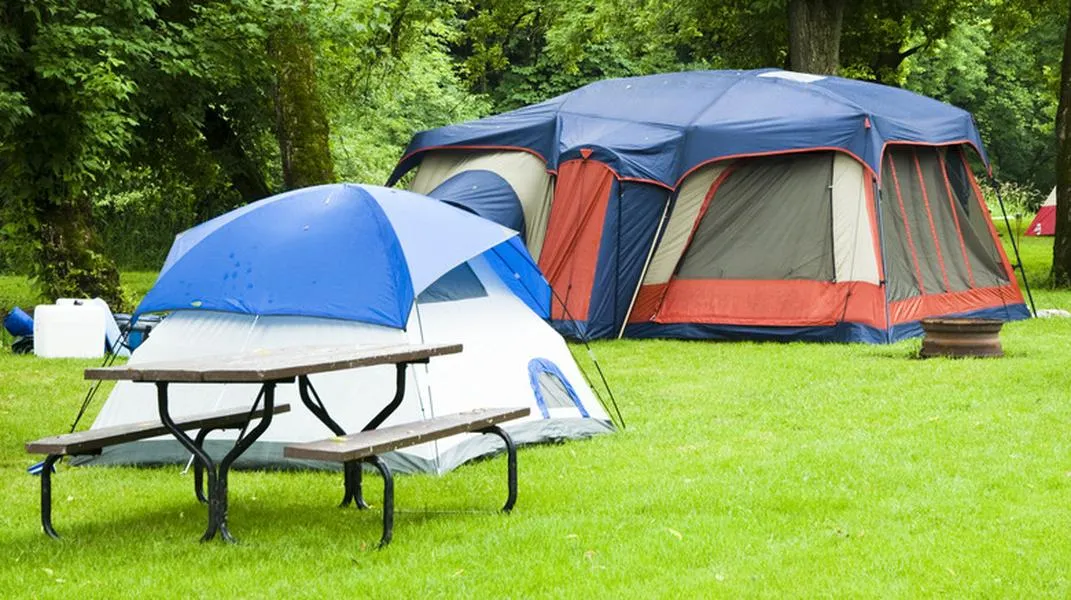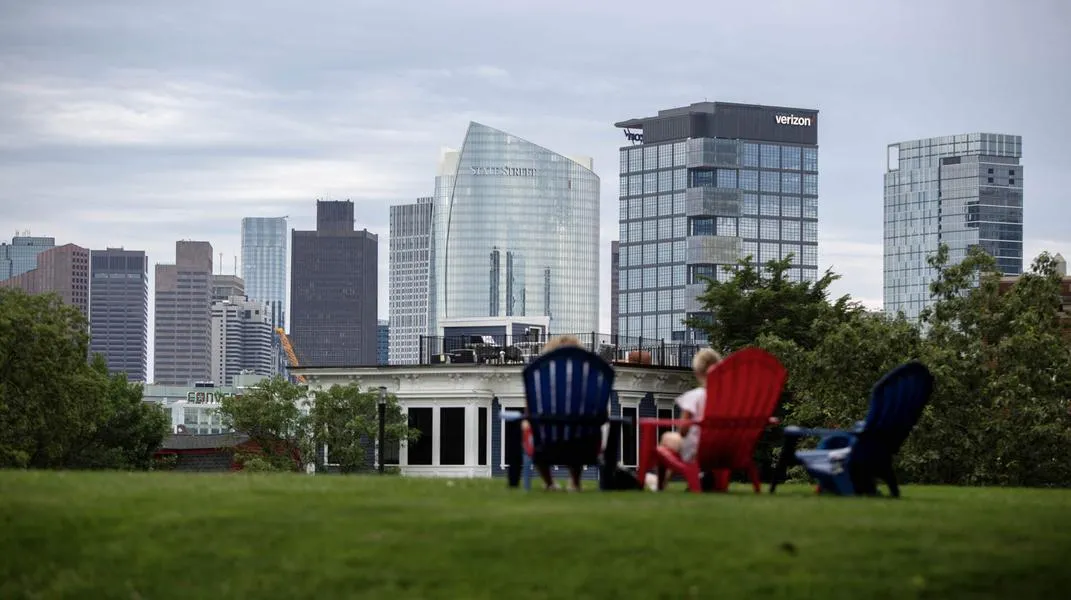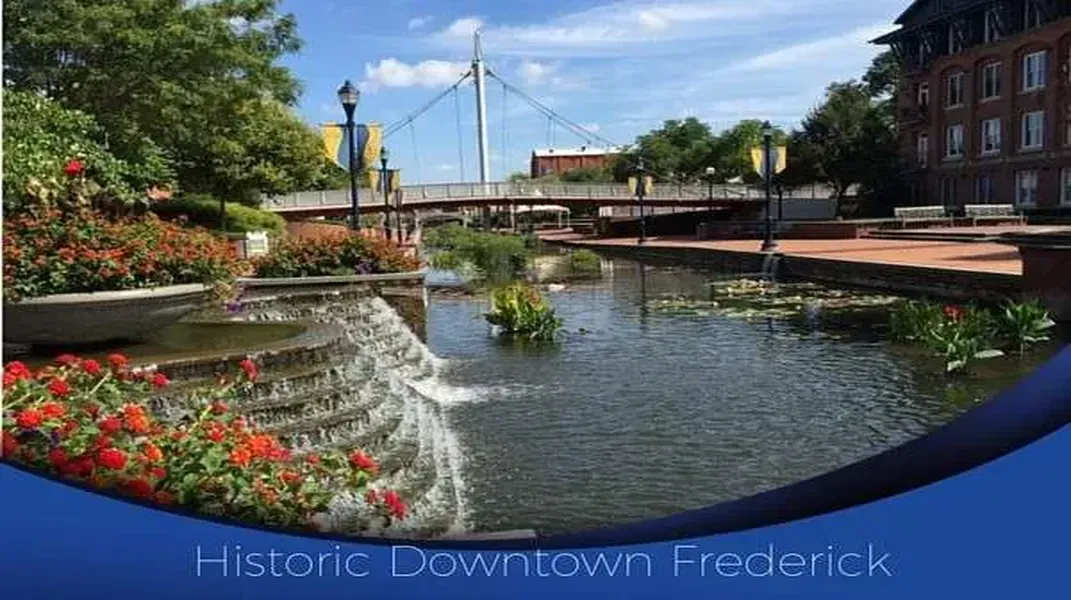Discovering Albuquerque: A Comprehensive Guide to New Mexico's Cultural Gem
Nestled in the heart of New Mexico, Albuquerque is a vibrant city that offers visitors a rich tapestry of culture, history, and natural beauty. With its unique blend of Native American and Hispanic heritage, Albuquerque is not just a destination; it’s an experience that captivates the senses. From the breathtaking views of the Sandia Mountains to the lively atmosphere of Old Town, Albuquerque has something to offer everyone. This article will delve into the must-see attractions, activities, and essential materials needed for your visit.
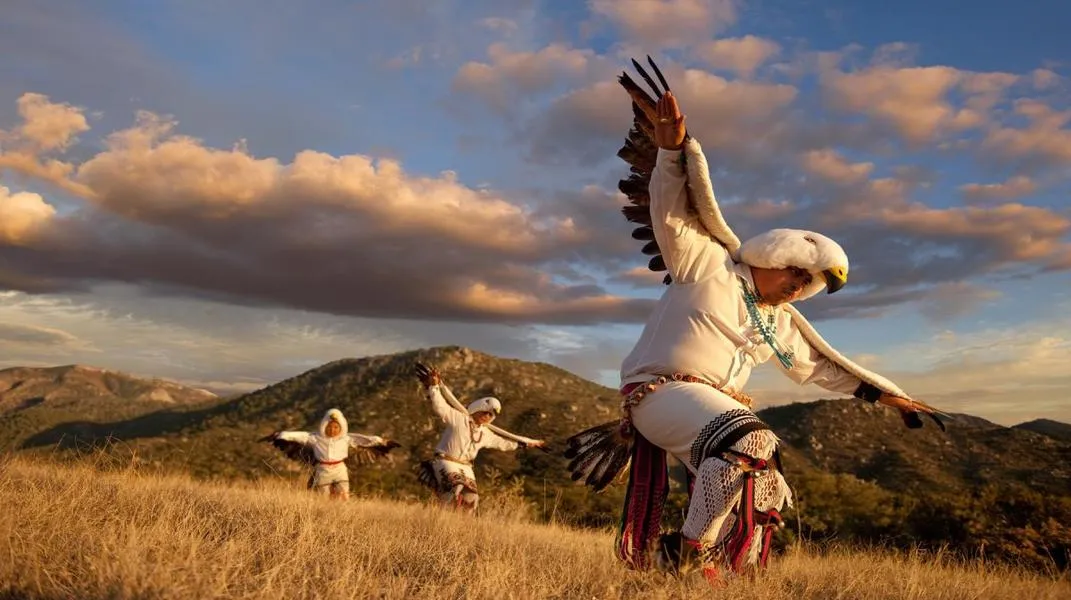
A Brief Overview of Albuquerque
Albuquerque is the largest city in New Mexico and serves as the state's cultural and economic hub. Founded in 1706, the city is steeped in history and showcases a mix of ancient traditions and modern innovation. The city's unique geography, at the crossroads of the Rio Grande and the Sandia Mountains, offers a stunning backdrop for outdoor activities and urban exploration alike.
Getting There and Around
Albuquerque is easily accessible by air, with the Albuquerque International Sunport serving as the main airport. The city is also well-connected by road, with major highways providing access from neighboring states. Once in Albuquerque, public transportation options such as buses and the Albuquerque Rapid Transit (ART) system make it easy to navigate the city. For those looking to explore more remote areas, renting a car is recommended.
Key Attractions in Albuquerque
1. Old Town Albuquerque
Old Town Albuquerque is the historical heart of the city, featuring adobe buildings, quaint shops, galleries, and eateries. The area is home to the San Felipe de Neri Church, one of the oldest structures in the city, dating back to 1793. Stroll through the plaza, enjoy local art, and sample traditional New Mexican cuisine at one of the many restaurants.
Tip: Don’t forget to visit the Albuquerque Museum and the New Mexico Museum of Natural History and Science, both located within walking distance of Old Town.
2. Sandia Peak Tramway
For breathtaking panoramic views, take a ride on the Sandia Peak Tramway, one of the longest aerial tramways in the world. The tramway ascends 2.7 miles to the top of Sandia Peak, where visitors can enjoy hiking trails, picnic areas, and during winter, skiing opportunities. The views are particularly stunning at sunset.
Tip: Bring a camera to capture the awe-inspiring landscapes, and dress in layers as temperatures can vary significantly from the base to the peak.
3. Balloon Fiesta Park
Albuquerque is famous for its International Balloon Fiesta, held annually in October. However, Balloon Fiesta Park is a year-round attraction that features walking trails, a playground, and the Anderson-Abruzzo Albuquerque International Balloon Museum. The museum showcases the history and science of ballooning and is a must-visit for aviation enthusiasts.
Tip: If you visit outside of the festival dates, consider scheduling a hot air balloon ride for a unique perspective of the cityscape.
4. Petroglyph National Monument
For those interested in history and archaeology, the Petroglyph National Monument is an incredible site. It features thousands of ancient rock carvings created by Native Americans and early Spanish settlers. The monument encompasses several hiking trails that allow visitors to explore these fascinating petroglyphs up close.
Tip: Wear sturdy shoes and bring plenty of water, as the trails can be rugged and the New Mexico sun can be intense.
5. Route 66 and the Historic District
Albuquerque is a significant stop along the historic Route 66, America’s Main Street. The city boasts a vibrant collection of retro diners, motels, and neon signs that harken back to the golden age of road trips. The Route 66 Historic District showcases this legacy, making it a great spot for photography and exploration.
Tip: Stop by the Route 66 Diner for a classic meal and enjoy the nostalgic atmosphere.
6. The Indian Pueblo Cultural Center
To gain insight into the rich cultures of New Mexico’s Pueblo peoples, visit the Indian Pueblo Cultural Center. The center offers exhibits, traditional dance performances, and a gift shop featuring authentic Native American art and crafts. It’s an excellent way to learn about the traditions and history of the Indigenous peoples of the region.
Tip: Check the center’s calendar for special events, such as cultural festivals and art shows.
7. Exploring the Outdoors
Albuquerque is surrounded by stunning natural beauty, making it a paradise for outdoor enthusiasts. From hiking and biking to birdwatching and fishing, there are plenty of activities to enjoy.
- Cibola National Forest: Offers numerous hiking trails, including the popular La Luz Trail, which leads to spectacular views of the city.
- Rio Grande Nature Center State Park: A peaceful place to observe local wildlife, including birds and other native species. The park features walking trails and a visitor center with informative exhibits.
Tip: Bring binoculars for birdwatching, and if you’re planning to hike, check trail conditions in advance.
Preparing for Your Visit
To ensure a smooth and enjoyable visit to Albuquerque, it’s important to prepare adequately. Here’s a comprehensive list of materials and tips to consider:
Packing Essentials
- Clothing: Layered clothing is crucial due to fluctuating temperatures. Mornings and evenings can be cool, while afternoons may be warm. Include lightweight clothing, a warm jacket, and comfortable walking shoes.
- Sun Protection: The New Mexico sun can be intense. Pack sunscreen, sunglasses, and a wide-brimmed hat to protect yourself while exploring.
- Hydration: Bring a reusable water bottle to stay hydrated, especially when hiking or spending time outdoors. Many attractions have water refill stations.
- Camera/Smartphone: Capture the stunning scenery and memorable moments. Don’t forget extra batteries or a portable charger.
- Guidebooks/Maps: While many attractions have digital resources, having a physical map or guidebook can be helpful, especially in areas with limited cell service.
- Snacks: Pack some snacks for your outdoor adventures or long days of sightseeing to keep your energy levels up.
Itinerary Planning
Consider creating an itinerary that includes the key attractions you want to visit. Allocate time for each stop and account for travel time between locations. Here’s a sample itinerary for a three-day visit:
Day 1:
- Morning: Explore Old Town Albuquerque.
- Afternoon: Visit the Albuquerque Museum and lunch at a local restaurant.
- Evening: Ride the Sandia Peak Tramway for sunset views.
Day 2:
- Morning: Discover the Indian Pueblo Cultural Center.
- Afternoon: Explore Petroglyph National Monument.
- Evening: Dinner on Route 66 and enjoy the nostalgic atmosphere.
Day 3:
- Morning: Take a hot air balloon ride (if weather permits).
- Afternoon: Hike at Cibola National Forest.
- Evening: Relax at the Rio Grande Nature Center State Park for sunset.
Final Thoughts
Albuquerque is a city that effortlessly combines history, culture, and natural beauty. Whether you’re wandering the streets of Old Town, experiencing the thrill of the Balloon Fiesta, or exploring the stunning landscapes of the surrounding area, Albuquerque promises an unforgettable experience. By preparing adequately and planning your itinerary, you can make the most of your visit to this enchanting city.
So, pack your bags, prepare your camera, and get ready to discover the magic of Albuquerque—where the spirit of New Mexico comes alive.

